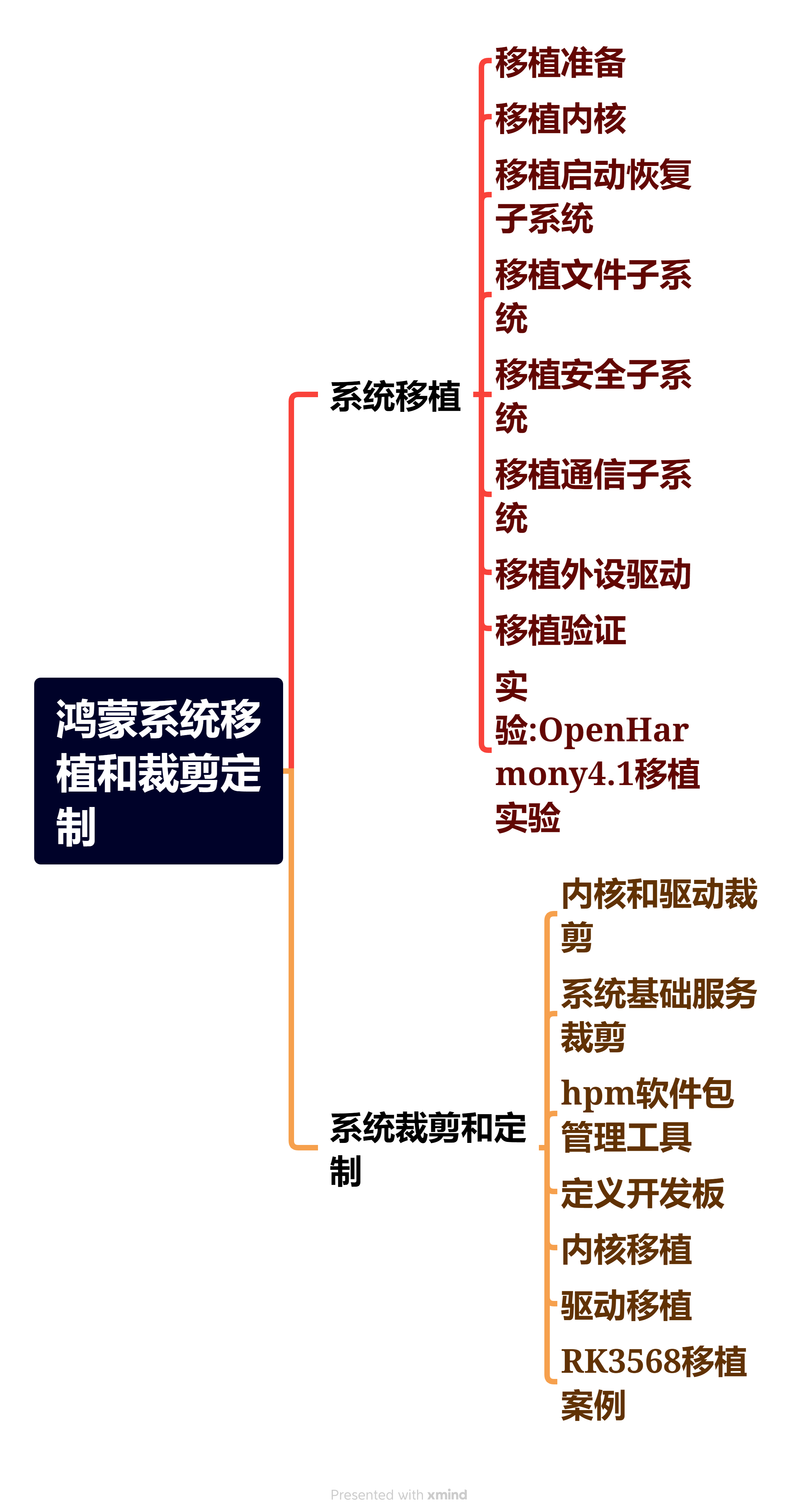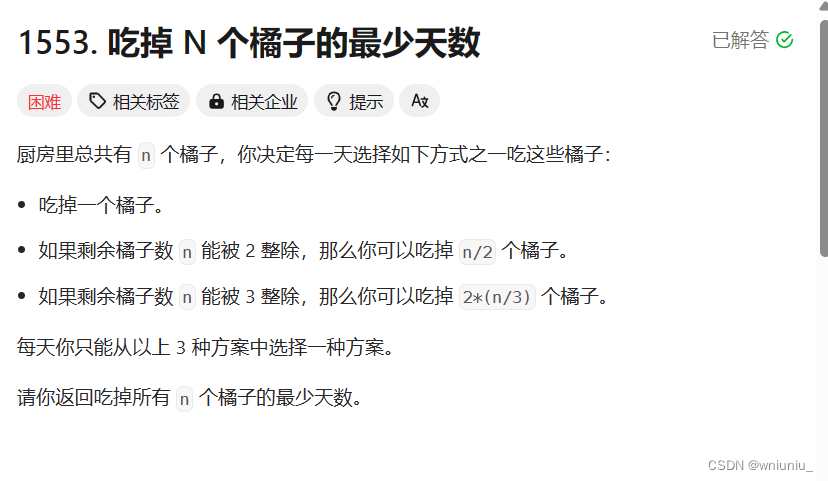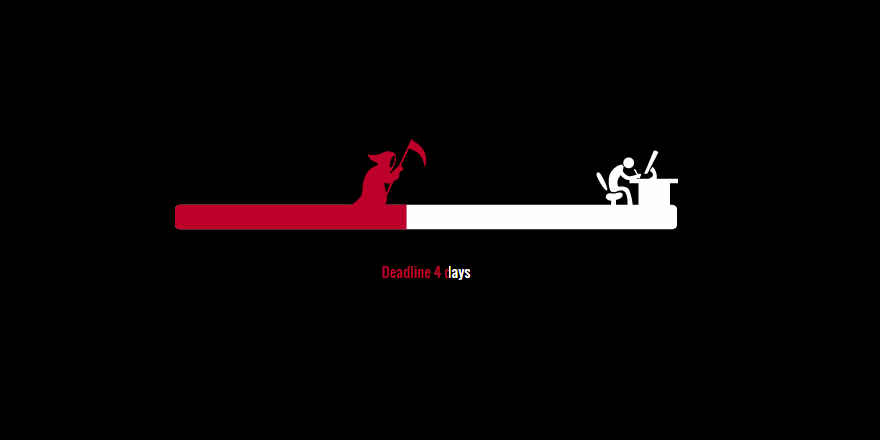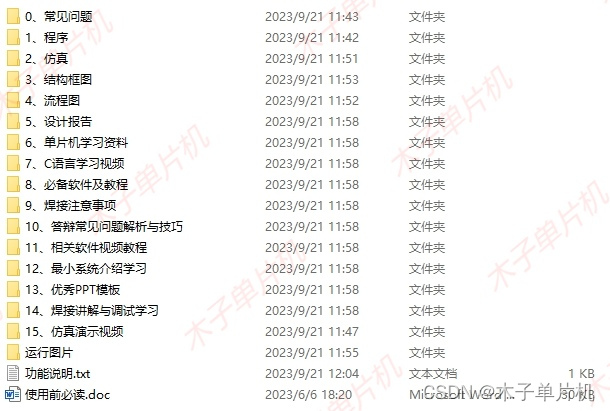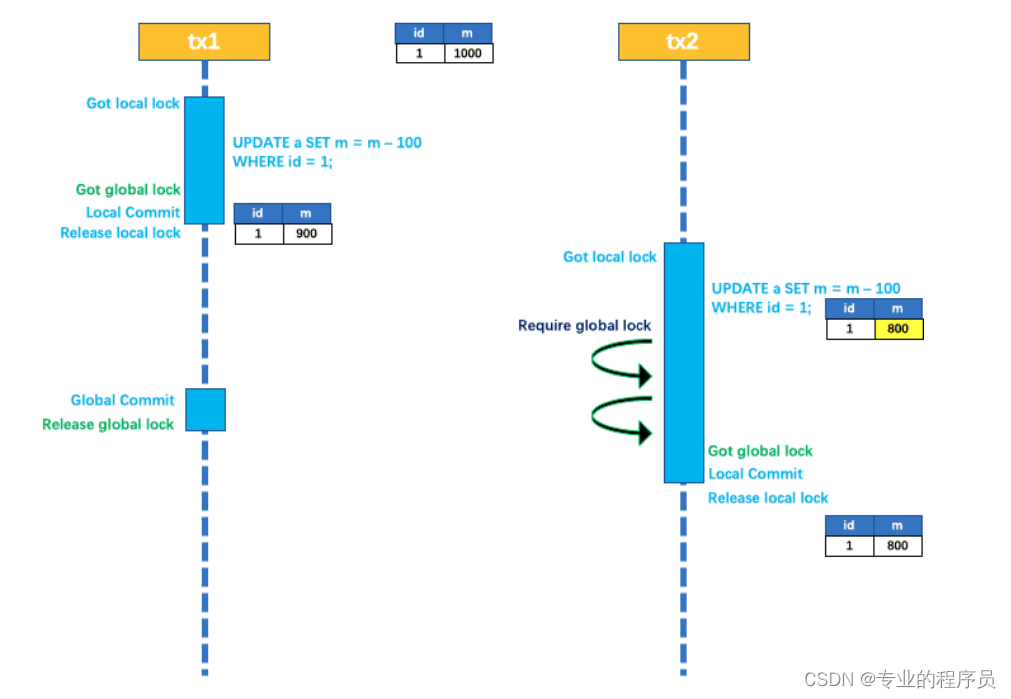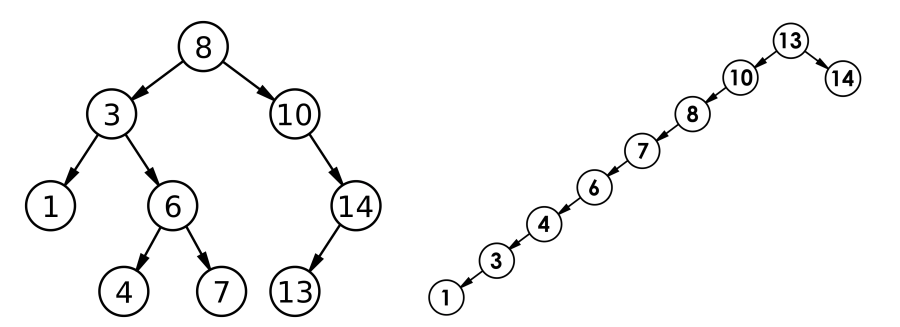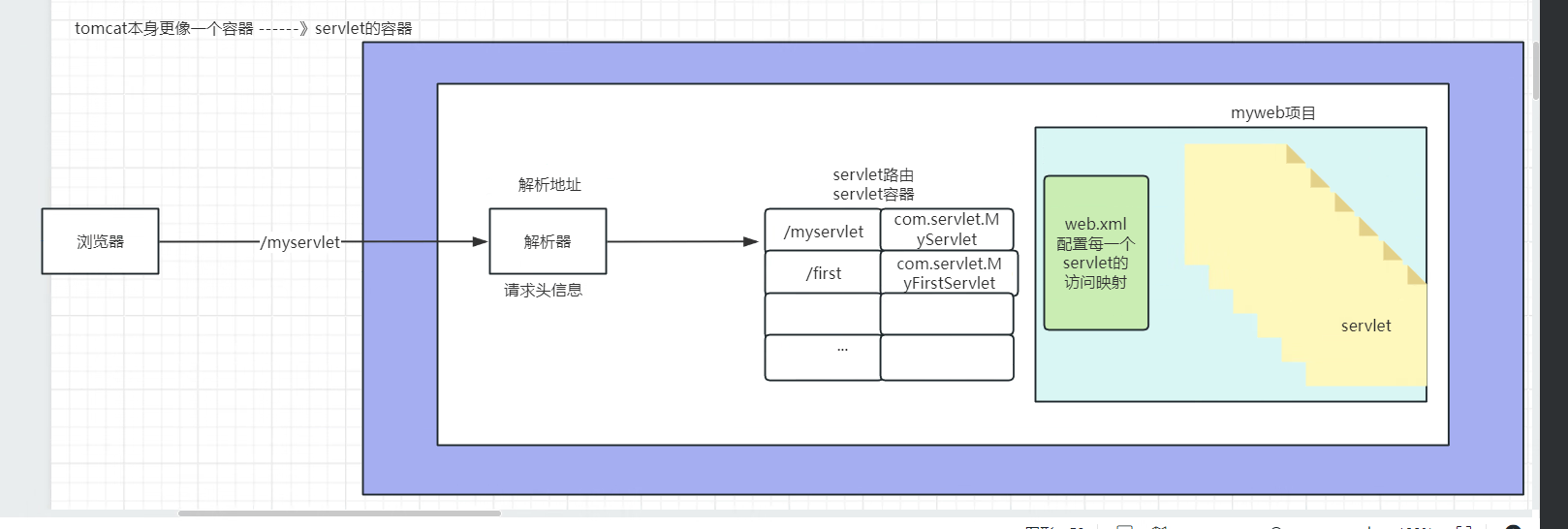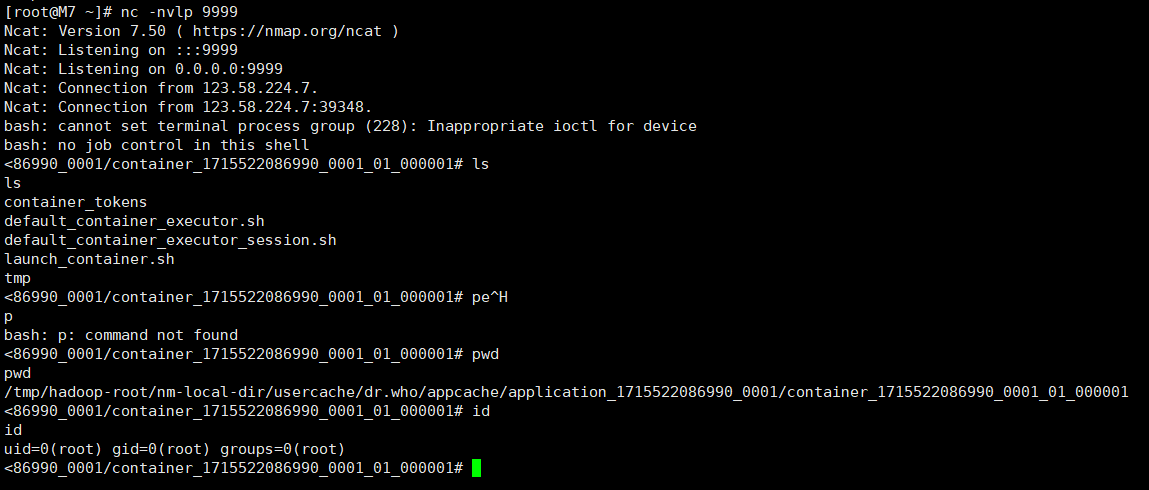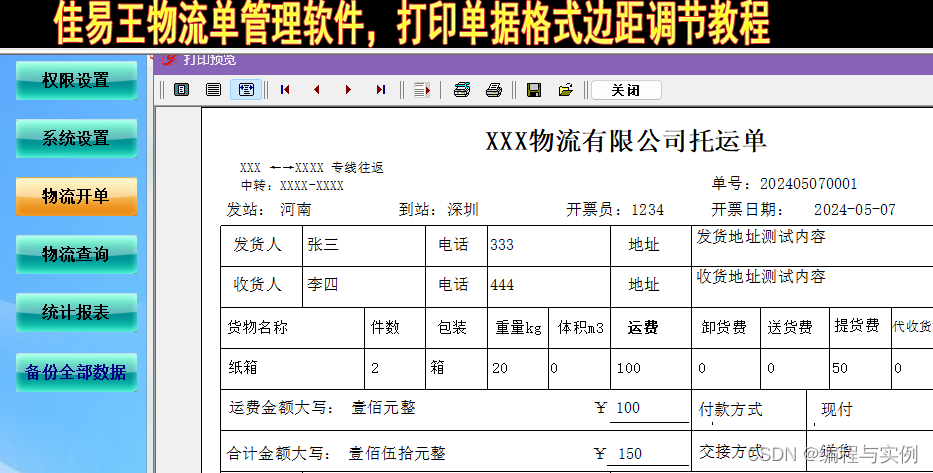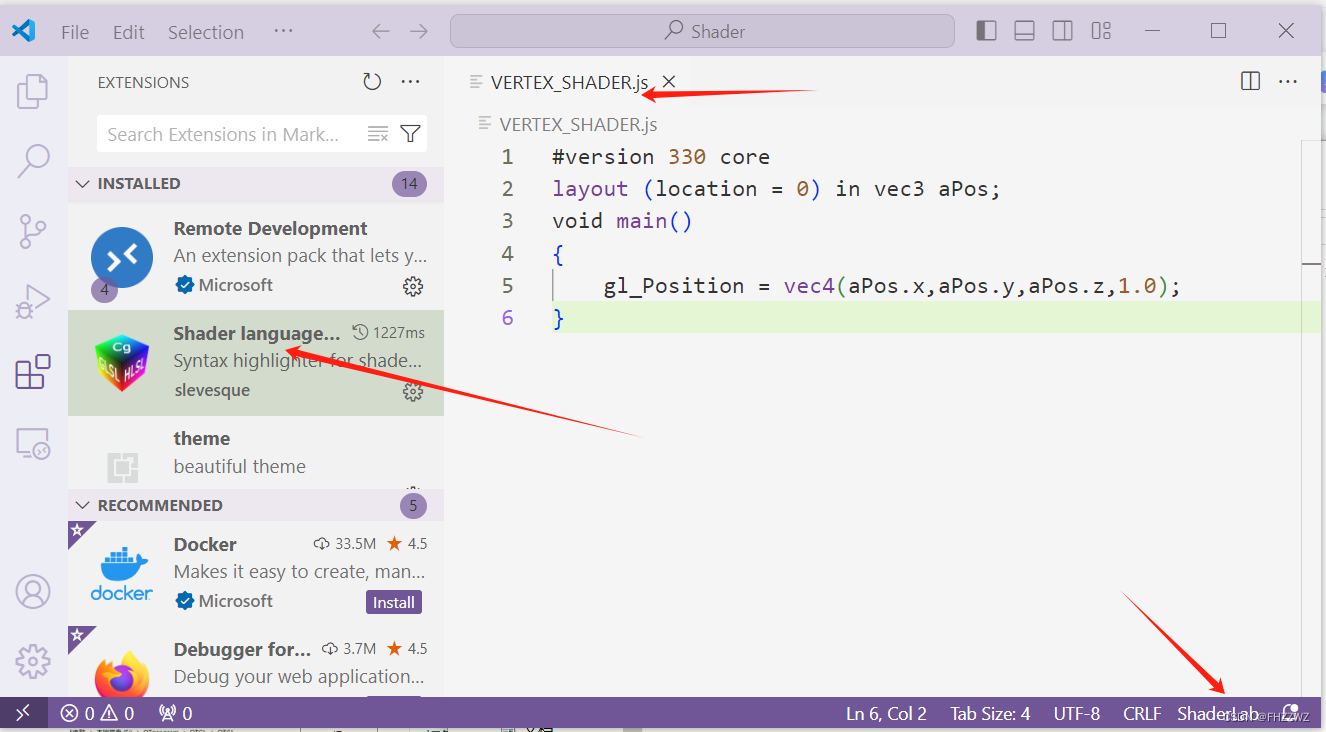1 基本概念
1.1 STL
- STL(Standard Template Library,标准模板库)
- STL从广义上分为: 容器(container) 算法(algorithm) 选代器(iterator)
- 容器和算法之间通过迭代器(看作指针)进行无缝连接
- STL 几乎所有的代码都采用了横板类或者模板函数
1.2 容器
STL容器就是将运用最广泛的一些数据结构实现出来
常用的数据结构:数组,链表,树,,队列,集合映射表等
这些容器分为序列式容器和关联式容器两种:
- 序列式容器:强调值的排序,序列式容器中的每个元素均有固定的位置
- 关联式容器:二叉树结构,各元素之间没有严格的物理上的顺序关系
1.3 算法
根据运算是否会更改区间内的元素,算法分为:
- 质变算法
- 非质变算法
1.4 迭代器
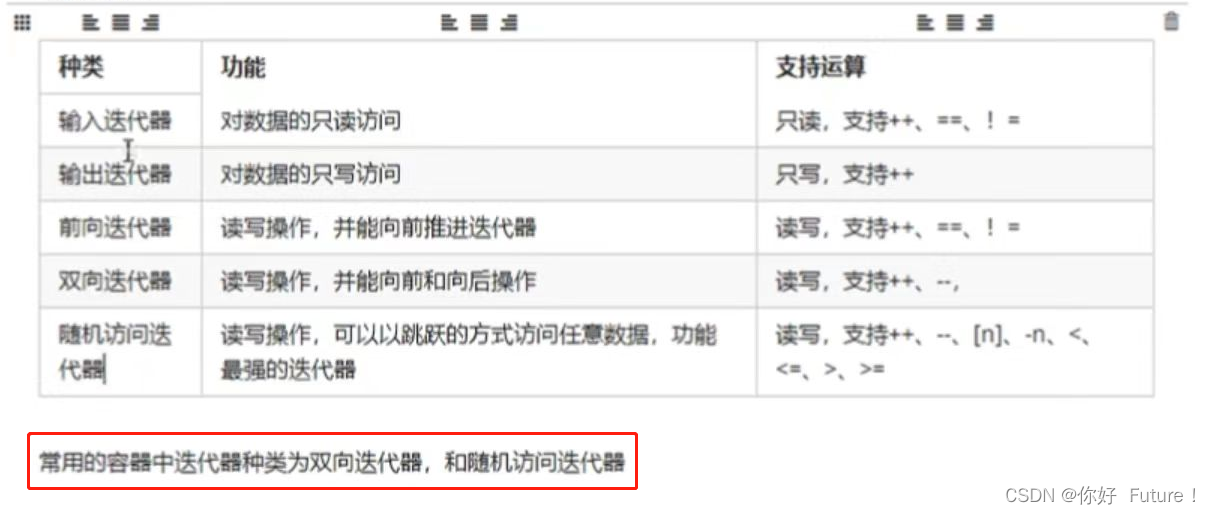
2 容器(vector)
2.1 定义及其基本使用
#include <iostream>
#include <vector>
#include <algorithm>
using namespace std;
void myPrint(int val){
cout << val << endl;
}
void test01(){
//定义vector
vector<int> v;
//往容器中插入数据
v.push_back(10);
v.push_back(20);
v.push_back(30);
v.push_back(40);
//1遍历
//1.1 方式一while
//通过迭代器访问容器中的数据
vector<int>:: iterator itBegin = v.begin();//起始迭代器 指向容器中第一个元素
vector<int>:: iterator itEnd = v.end();//结束迭代器 指向容器中最后一个元素的下一个位置
while(itBegin != itEnd){
cout << *itBegin << endl;
itBegin ++;
}
cout << "方式一----------" << endl;
//1.2 方式二for
for(vector<int>:: iterator it = v.begin();it != v.end();it++){
cout << *it << endl;
}
cout << "方式二----------" << endl;
//1.3 方式三 利用STL提供遍历算法
for_each(v.begin(), v.end(), myPrint);
cout << "方式三----------" << endl;
}
int main() {
test01();
return 0;
}
10
20
30
40
方式一----------
10
20
30
40
方式二----------
10
20
30
40
方式三----------2.2 vector存放自定义数据类型
#include <iostream>
#include <vector>
#include <string>
using namespace std;
class Person
{
public:
Person(string name, int age)
{
this->m_Name = name;
this->m_Age = age;
}
string m_Name;
int m_Age;
};
/*
void myPrint(Person val){
cout << "姓名:"<< val.name << "年龄:"<< val.age <<endl;
}
*/
void test01(){
//定义vector
vector<Person> v;
Person p1("aaa", 10);
Person p2("bbb", 20);
Person p3("ccc", 30);
Person p4("ddd", 40);
Person p5("eee", 50);
//往容器中插入数据
v.push_back(p1);
v.push_back(p2);
v.push_back(p3);
v.push_back(p4);
v.push_back(p5);
//1遍历
/*
//1.1 方式一while
//通过迭代器访问容器中的数据
vector<Person>:: iterator itBegin = v.begin();
vector<Person>:: iterator itEnd = v.end();
while(itBegin != itEnd){
cout << "姓名:"<< (*itBegin).name << "年龄:"<< (*itBegin).age <<endl;
}
cout << "方式一----------" << endl;
*/
//1.2 方式二for
for(vector<Person>:: iterator it = v.begin(); it != v.end(); it++){
cout << "姓名:"<< (*it).name << "年龄:"<< (*it).age <<endl;
}
cout << "方式二----------" << endl;
/*
//1.3 方式三 利用STL提供遍历算法
for_each(v.begin(), v.end(), myPrint);
cout << "方式三----------" << endl;
*/
}
int main() {
test01();
return 0;
}
另外还有指针成员访问未写。
2.3 vector嵌套vector
#include <iostream>
#include <vector>
using namespace std;
void test01(){
//定义vector
vector< vector<int> > v;
//创建小容器
vector<int> v1;
vector<int> v2;
vector<int> v3;
vector<int> v4;
//往小容器中插入数据
for(int i = 0;i < 4;i++){
v1.push_back(i + 1);
v2.push_back(i + 2);
v3.push_back(i + 3);
v4.push_back(i + 4);
}
//往大容器中插入数据
v.push_back(v1);
v.push_back(v2);
v.push_back(v3);
v.push_back(v4);
for(vector< vector<int> >:: iterator it = v.begin(); it != v.end(); it++){
for(vector<int>:: iterator vit = (*it).begin(); vit != (*it).end(); vit++){
cout << *vit << " ";
}
cout <<endl;
}
}
int main() {
test01();
return 0;
}
1 2 3 4
2 3 4 5
3 4 5 6
4 5 6 7 